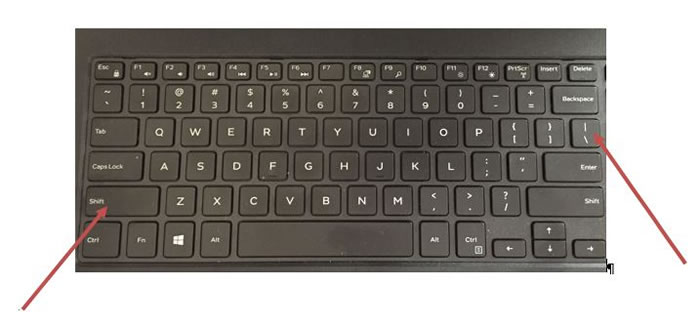The Biggest Mistake People Make on LinkedIn May Surprise You
by Maggie Graham, MEd, CPCC
What’s this giant mistake that most people make on LinkedIn? Is it leaving off their photo? No, but that one’s in contention for the top mistake because it’s very costly in terms of profile views. Is it copying their resume to LinkedIn? Nope, but that’s not a great approach (more on this practice in a later blog post). Is it failing to mask their age? Absolutely not! There’s no reason to hide who you are.
Cue the drum roll. Here’s the big reveal: the biggest mistake – one that I see people make over and over on LinkedIn – is letting your Headline default to the title for your current position.
Are you surprised that I’m making such a big deal of this issue and actually naming it as the biggest, worst, most costly mistake users make on LinkedIn? Most people are let down when I trot this seemingly small detail to center stage and shine a spotlight on it, but hear me out. I’ve got some valid reasons for recommending against this practice of putting your current position title in your LinkedIn headline and instead customizing it to work for you:
- Your Headline is some of the most valuable real estate on LinkedIn. It’s one of the few things that viewers see when they run a search and scroll through pages of results. In addition to your photo (which if it’s absent, genuinely makes people skip over you – it’s like you’re anonymous and no one wants to deal with anonymity), your Headline is one of the only ways for people to evaluate whether they want to click through and view your entire profile.
- It’s keyword central. If you have a keyword placed in your Headline, it is weighted disproportionately in LinkedIn’s search algorithm, and your profile is elevated higher in the search results than others who list that keyword in their profile but don’t have it in their Headline.
- It’s where you define yourself. The most important thing about you is not the job that you currently hold. Plus, when you’re working with just 120 characters in your Headline, don’t waste any of those characters on your current company. You’re not promoting your current company, even if it’s your own (that’s what a LinkedIn Business Page is for – your profile is about YOU) and even if it’s an impressive company in your industry. Use this space to define your brand: who you serve, what’s distinctive about you, and what you deliver.
Let’s explore some examples to illustrate how powerful your LinkedIn Headline can be:
- Headline: Project Director at [Company X]
- What’s wrong with this headline?
- It’s only using 31 characters when 120 characters are available.
- It’s bland. There’s really nothing about the person, no compelling reason to learn anything more (why click through to the full profile when this Headline is contrasted against many other people on the same page who took the time to .
- The LinkedIn user is missing a key opportunity to define her areas of expertise.
- She’s placing equal weight on where she works as on what she does. Why promote her current company? She gets zero return on that approach.
- Revised Headline: Marketing Campaigns | Content Creation | Brand Management | Events ► Creating Impactful Brands for Small Business
- What works with this revised headline?
- It uses 113 of the available 120 characters.
- It defines not just what she does but also who she serves and how well she does it.
- It’s packed full of keywords so it leverages LinkedIn’s search algorithm to its advantage.
- It invites readers to find out more and prompts them to click through to her full profile and read about her accomplishments.
To craft a LinkedIn Headline that works for you, use these tips:
- Google the term “LinkedIn special characters” to find many blog posts where you can copy and paste arrows, triangles, stars, and other characters to spice up your Headline. Many people (me included!) really like the pipe character, which is the vertical line that can be used to replace a comma. To find that character on your keyboard, just hold down your Shift key and hit the key above the Enter on your keyboard, as shown in this image.
- Use Microsoft Word’s character count feature to determine how many characters you have in your Headline so that you can get as close as possible to 120 characters without going over. (See video that follows for a demonstration on this feature.)
- View profiles of others in your industry to get ideas about keywords and branding to include in your Headline. (See video that follows for a demonstration on this feature.)


